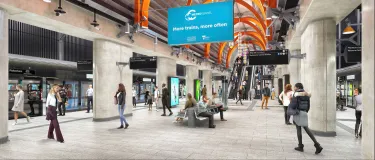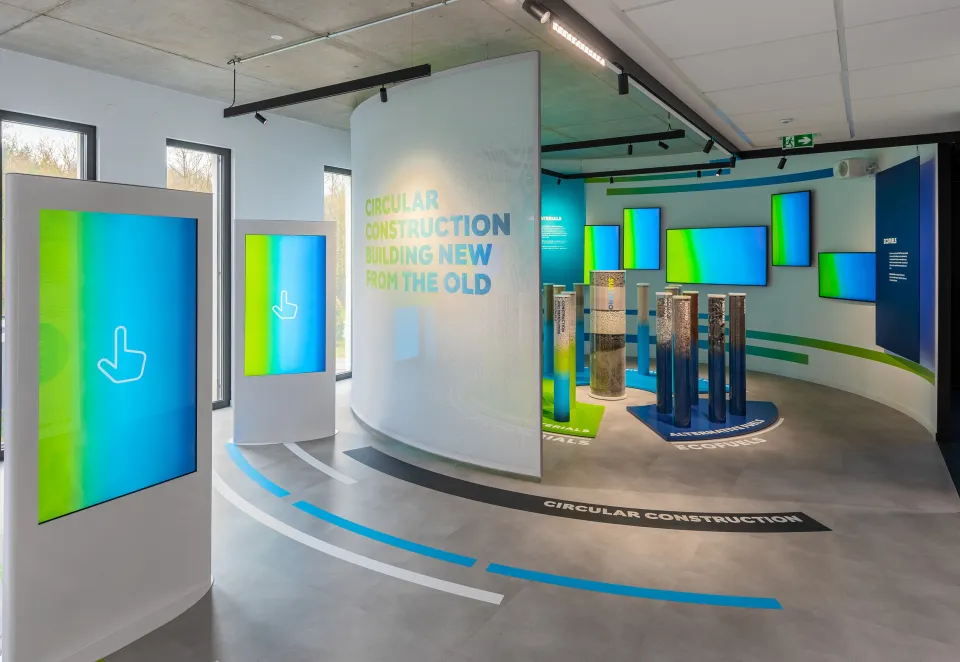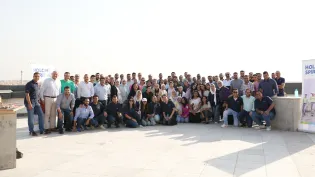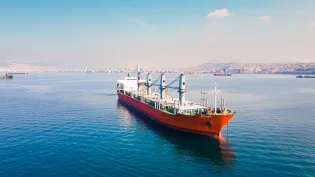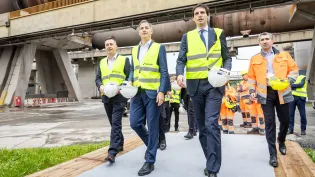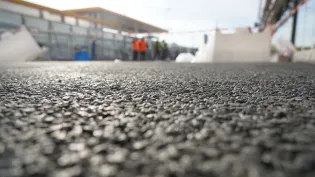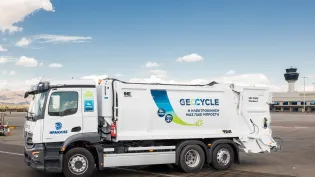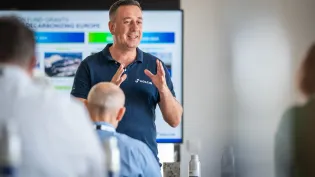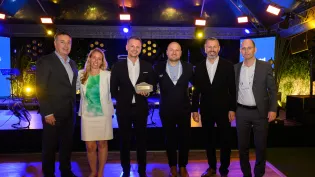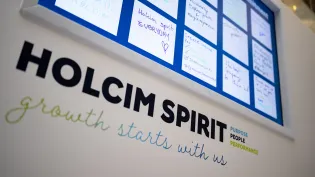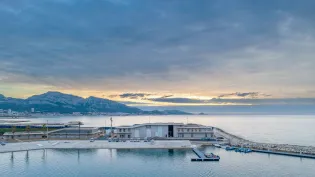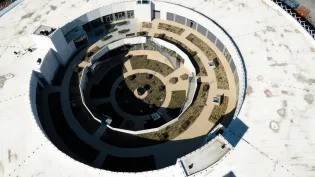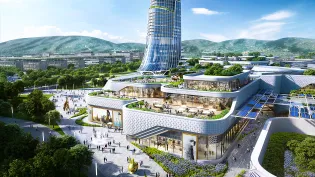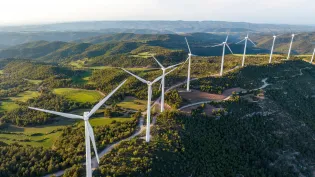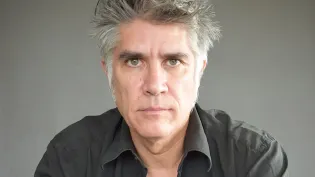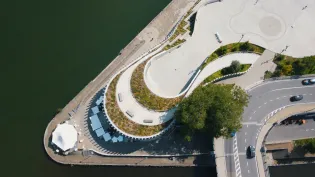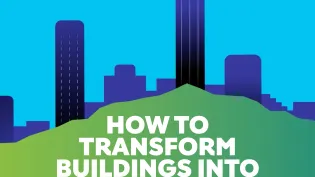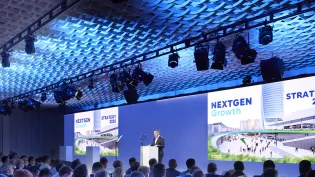Cutting-edge Holcim concrete mix scores Melbourne Metro Tunnel world first
Imagine if you could choose a low-carbon concrete mix that also used recycled glass instead of sand, as part of a significant infrastructure project that managed to reduce emissions by 150,000 tons in a major world city.
Working with Dr. Massoud Sofi from University of Melbourne and industry partners, Holcim has developed just such a product, and in a world first it’s been used to build part of the city’s new Metro Tunnel Project using the latest sustainable design methods.
With Holcim we’ve developed structural grade concrete mixes which replace 25 to 50% of the virgin sand with processed glass waste. This is the first time the 25% mix has been used on an industrial scale for a major infrastructure project.
With cities around the world striving to be more circular, well-developed public transport systems are essential, since they enable large numbers of people to move around while generating fewer emissions.
Sustainability concerns figure large in the building phase too, with cities striving for minimal carbon and material footprints for large infrastructure projects such as train stations and metro systems.
For this reason Holcim’s low-carbon concrete solutions were chosen to contribute to building Melbourne’s new metro tunnels and stations from 2018, helping the project cut 150,000 tons of CO2 emissions, or the annual emissions of more than 8,500 average Australian homes.
150,000 tons of CO2 emissions saved
World-first application of structural-grade concrete containing recycled glass in an infrastructure project
Contributed to 52% reduction in Portland cement across tunnels and stations
The Challenge
Transport is responsible for roughly one-quarter of global CO2 emissions from energy. Switching to low-carbon public transport systems is one of the most important things a city like Melbourne can do to lower its emissions.
Melbourne wanted to expand its electrified rail network with a new metro tunnel but knew an infrastructure project of this size would require a massive amount of energy and materials – above all, concrete and cement. It tasked Holcim with providing concrete that minimized raw material use wherever possible, without compromising strength or performance.
Industrial sand – one of the main ingredients in concrete – is currently being consumed at an unsustainable rate across the world. Another top priority for this project, therefore, was to reduce the use of this virgin material.
The Solution
Over the first five years of this project, Holcim has supplied over 600,000m3 of ready-mix concrete to the Metro Tunnel Project. This included 45 specialized mixes for a variety of applications.
Many of the mixes supplied would be part of Holcim’s ECOPact range if they were produced today, containing high proportions of recycled materials to significantly reduce the carbon intensity of the concrete. All of Holcim’s products in Australia are also backed up by EPD’s to help customers fully understand the life cycle impacts of their project and make more sustainable choices.
Working with Dr. Sofi and his team, Holcim also developed a concrete mix that substitutes 25% of the sand for recycled crushed glass, with no reduced effects in strength or performance. The mix was used to build temporary concrete ‘blinding’ slabs as part of the construction of the primary structure at the new State Library Station.
It’s the first time this circular innovation has been used in structural-grade concrete in an infrastructure project anywhere in the world, having previously been limited to footpaths and local roads.
The result
Overall, Holcim’s low-carbon mixes have contributed to a 52% reduction in Portland cement across the new tunnels and stations. This has prevented 150,000 tons of CO2 from reaching the atmosphere.
On completion, the tunnel will provide a rail link from the west to the southeast of the city, including five new stations. It will create room for an additional 500,000 passengers every week during peak periods.
By providing extra capacity and connectivity, the city of Melbourne will encourage more people to choose electrified trains rather than cars for their journeys, reducing emissions on the road and in the transport system as a whole.
This is helping Melbourne use less energy and accelerate its progress towards becoming a more circular city.
Image: RSHP, Big Build Victoria



